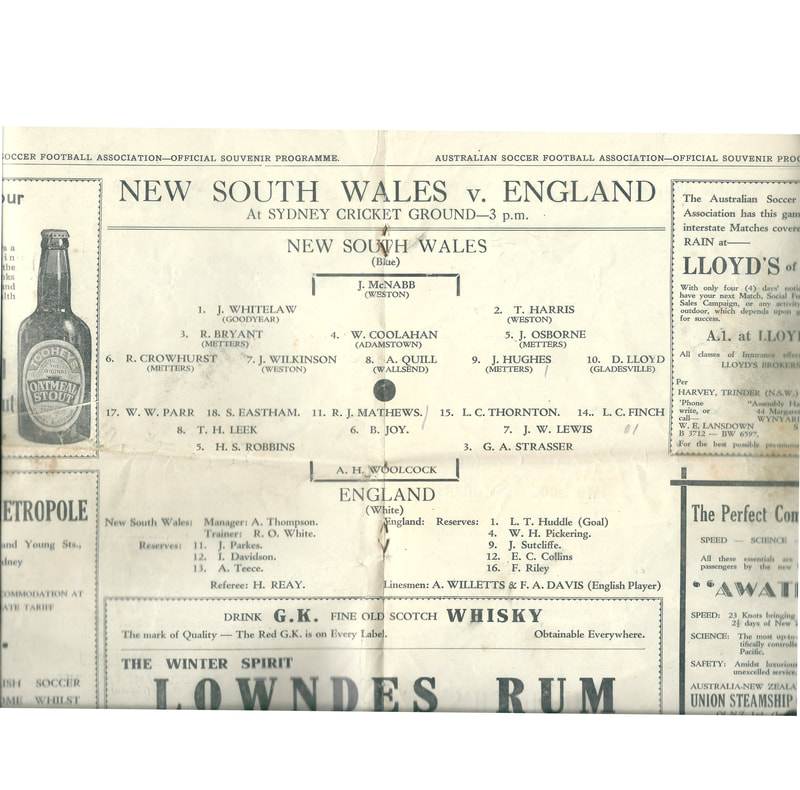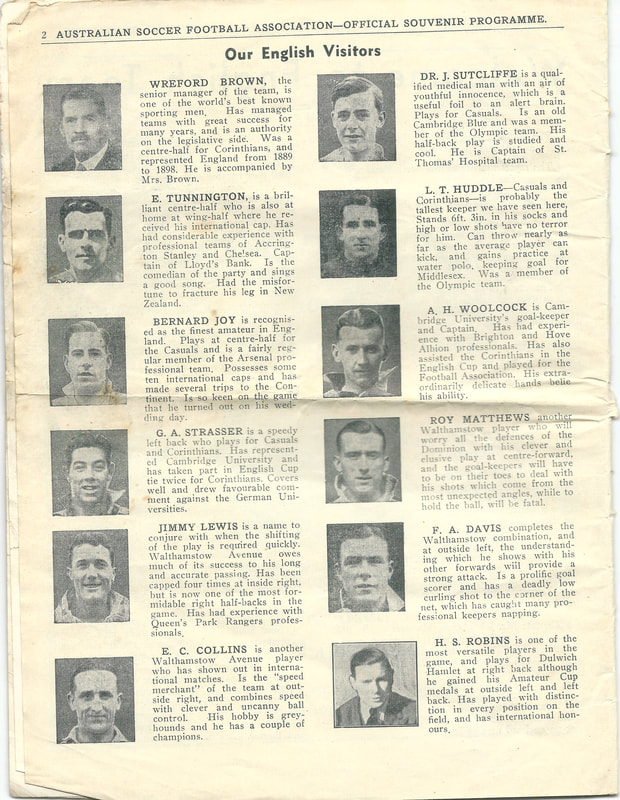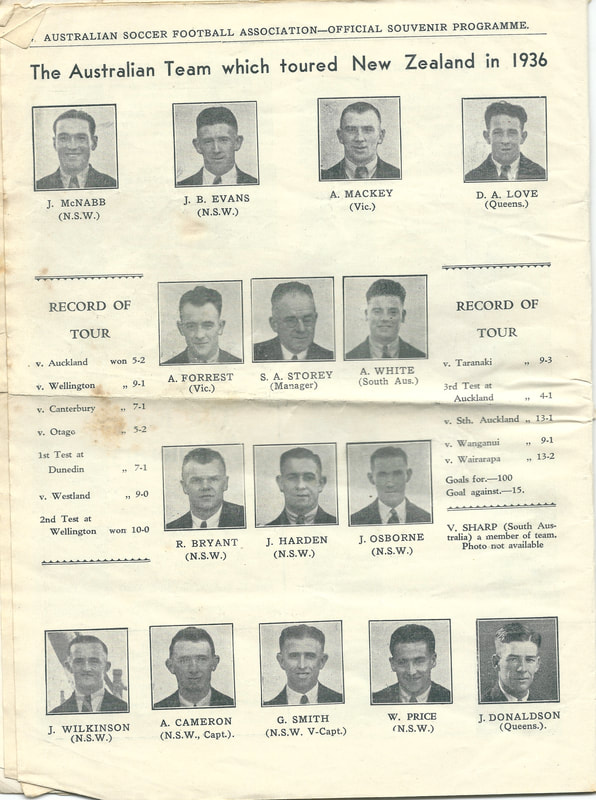Match day ProgrammesIn this digital age in which we live, the day of the football programme has all but passed us by, in a not dissimilar way to the "album cover" so prevalent a part of the music industry from the late 1960s onward.
The history of the football programme goes back to the formulation of the football league itself in the UK in 1888. Originally designed as a scorecard, it evolved over time to become an indispensable way for fans to learn about their opponents and to find out a little more about local players who ply their trade on foreign shores out of sight of the local fan. The impact of the internet on the football programme has been immeasurable with the little printed booklet becoming virtually invisible on all but the biggest of footballing occasions. On a local scale it remains an integral part of the game still, with NPL clubs regularly producing 4-page flyers invariably just printed and stapled in the club offices, but still a vital part of the match day experience. At A & W-League games however, they remain non-existent for all but the big matches.
|
|
|


